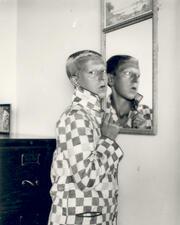
Claude Cahun
Surrealist photographer Claude Cahun lived their life in a spirit of rebellion and defiance. From their precocious teenage years, defying conventional ideals of beauty and femininity with their shaven head and male attire, to their direct resistance of German occupying forces, they active worked against the suppression of liberty and freedom—a life of resistance.
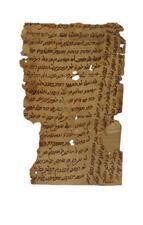
Jewish Women in the Cairo Genizah
Ghitta Caiserman-Roth
Ghitta Caiserman-Roth was a well-known Canadian artist who showed her work in galleries in Canada and New York. Caiserman-Roth studied at Parsons School of Design, the École des Beaux-Arts, and at the American Artists’ School and won several awards for her artistic achievements. In her later years, she served on the Royal Canadian Academy of Arts council.
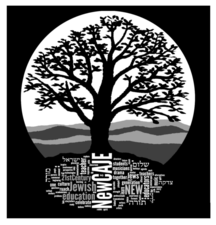
CAJE
CAJE—the Coalition for the Advancement of Jewish Education—brought together a diverse spectrum of the Jewish community. After CAJE folded in 2009, it was replaced by NewCAJE, which shares ideas and innovations, offers professional development across denominational and workplace lines, and builds a strong Jewish community.
Tullia Calabi-Zevi
Born in Milan, Tullia Calabi-Zevi began working as a journalist during World War II and wrote prolifically for a number of publications over the next few decades. In her later life she held many public leadership positions, including several in organizations specifically concerning Jewish life in Italy.
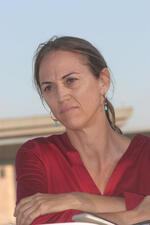
Ruth Calderon

Hortense Calisher
Hortense Calisher was a significant presence in American letters for over forty years, producing novels, short stories, and memoirs of striking originality and intelligence. Although she did not achieve popular fame, the literary community holds her in high regard and even her critics agree she is a consummate stylist.
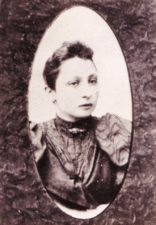
Rachel Calof
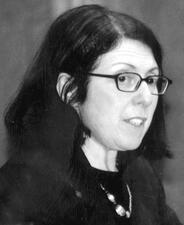
Canada: From Outlaw to Supreme Court Justice, 1738-2005
The positive aspect of the Canadian mosaic has been a strong Jewish community (and other communities) which nurtured traditional ethnic and religious values and benefited from the talent and energy of women and men restrained from participation in the broader society. The negative aspect has included considerable antisemitism and, especially for women, the sometimes stifling narrowness and conservatism of the community which inhibited creative and exceptional people from charting their own individual paths.

Aviva Cantor
Journalist and lecturer Aviva Cantor is the author of the theoretical work Jewish Women, Jewish Men: The Legacy of Patriarchy in Jewish Life, a passionately analytical synthesis of feminism, Judaism, Zionism, Socialism, animal rights and environmentalism, as well as of the landmark The Egalitarian Hagada. Cantor was founding editor of the Jewish Liberation Journal. She also originated the idea and was a founder and editor of Lilith, the independent Jewish feminist magazine.
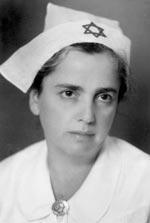
Shulamith Cantor
As director of the Hadassah School of Nursing in Jerusalem, Shulamith Cantor helped set the standard for nursing in Palestine.
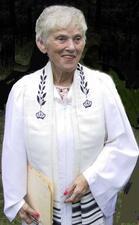
Cantors: American Jewish Women
Women’s vocal leadership in synagogue music began with zogerin (women prayer leaders) in the women’s gallery. In the nineteenth century, women began participating in mixed choral and community singing, and some opera singers acted as cantors in important Reform congregations. In the 1970s and 1980s, the Reform and Conservative movements began formally investing women as cantors, and today a plurality of cantors in liberal movements are women.
Elinor Caplan
Elinor Caplan is a Canadian Liberal Party politician who spent a quarter-century in elected office. She was the first Jewish woman to serve as cabinet minister at the provincial and federal levels. Caplan served as a Member of Toronto’s Provincial Parliament for twelve years and in 1997 she was elected to federal parliament.

Frieda Caplan

Lizzy Caplan
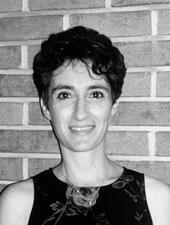
Nina Beth Cardin
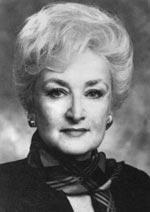
Shoshana S. Cardin
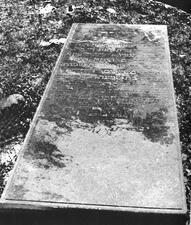
Caribbean Islands and the Guianas
Women were among the earliest settles in the Dutch and English Caribbean. Early Caribbean Jewish women, despite living in patriarchal societies, still managed to engage in public pursuits. As Caribbean Jewish communities became increasingly racially blended over time, women of color became some of the most definitive architects of distinctly Creole Caribbean Jewry.
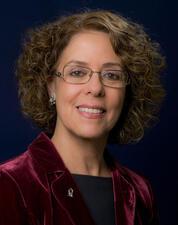
Rivka Carmi
Rivka Carmi is a medical geneticist, neonatologist, pediatrician, the first woman to be appointed president of an Israeli university (Ben-Gurion University of the Negev), and a feminist trailblazer who broke the glass ceiling for women in academia.
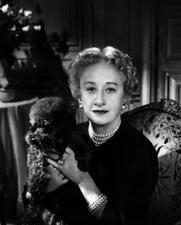
Hattie Carnegie
Hattie Carnegie was a leader in American fashion for three decades, designing clothes with a blend of simplicity and elegance. Carnegie’s work ranged from designing uniforms for the Women’s Army Corps to one-of-a-kind creations for clients like the Duchess of Windsor, Clare Booth Luce, Tallulah Bankhead, and Joan Crawford.
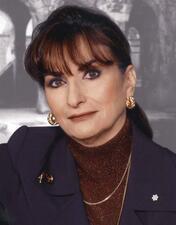
Judy Feld Carr
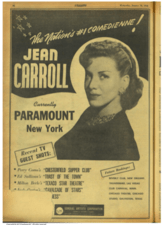
Jean Carroll
Born Sadie Zeigman, Jean Carroll was the first Jewish woman stand-up comedian. Famous throughout the United States and England in the 1950s and 1960s, she innovated a new style of anecdotal, conversational stand-up.
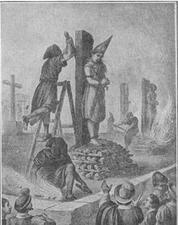
Women of the Carvajal Family
The devotion of the Carvajal women to forbidden Jewish practices helped their family become the most famous Hispano-Portuguese secret Jews of colonial Latin America. The determination of these conversas, or New Christians, to create a recognizable Jewish identity shows the importance of women to crypto-Judaism at a time when the Inquisition of Spain and its territories prosecuted this belief system as heresy.
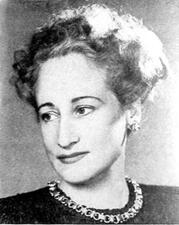
Vera Caspary
Vera Caspary was a prolific novelist, playwright, and screenwriter, best-known for her book, Laura, a murder mystery adapted into the 1944 film of the same name, now considered a classic. The female characters in Caspary’s novels and plays are strong, emancipated women, and her own concern with issues of prejudice and class consciousness are reflected in her works.
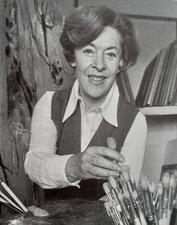
Judy Cassab
Vienna-born, Budapest-trained painter Judy Cassab, a survivor of the Holocaust, arrived in Australia in 1951. She became one of the country’s best-known and best-loved artists, primarily for her portraits but also for her depictions of Australia’s bright interior.


